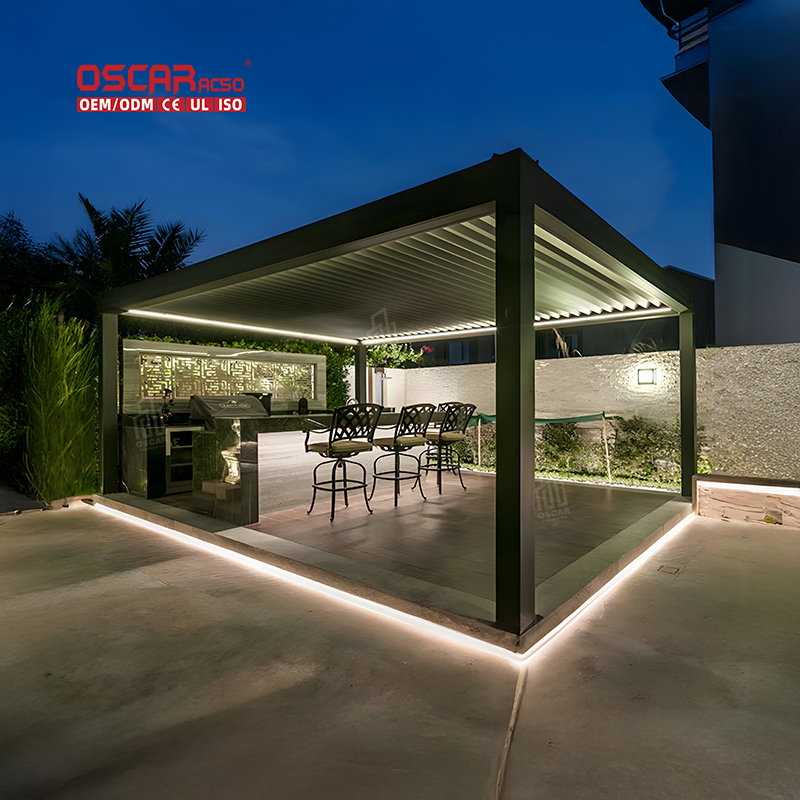Japanese Pergolas, Where Timeless Tradition Meets Modern Garden Elegance
Introduction to Japanese Pergolas 🌿What exactly defines a Japanese pergola, and why do these structures captivate ga...
- •
Natural Materials: Predominant use of unprocessed wood, bamboo, and thatch allows the structures to age gracefully, developing a patina that blends with the environment . For example, untreated cedar pillars with bark intact are common, celebrating the raw texture of the material. - •
Neutral Color Schemes: Unlike Western pergolas that might feature bold paints, Japanese versions stick to earthy tones—whites, grays, and browns—to avoid distracting from the garden’s greenery . This creates a cohesive visual flow that feels inherently peaceful. - •
Asymmetry and “Imperfection”: Straight lines are often avoided; instead, layouts follow organic patterns that mimic nature’s randomness. This “稚拙之美”(childlike simplicity) makes the space feel more authentic and less manufactured .
- •
茶亭 (Chatei – Tea House Pergolas): Designed for tea ceremonies, these feature open sides and minimalistic furnishings to emphasize mindfulness and hospitality . They often include a stone water basinfor ritual cleansing before entering. - •
手水舍 (Temizusha – Purification Pavilions): Located near shrine entrances, these small pergolas shelter water basins where visitors wash hands and mouth—a symbolic act of purifying the soul . - •
休憩亭 (Kyūkeitei – Resting Pavilions): Placed in scenic spots like hillsides or ponds, they encourage pause and reflection. I’ve seen them integrated with bench seatingand climbing plants like wisteria to enhance shade and beauty . - •
門亭 (Montei – Gate Pergolas): Acting as entrances to temples or gardens, they symbolize passage from the mundane to the sacred. The Kōraku-en Gardenin Okayama uses such structures to build anticipation before revealing the main view .
.jpg)

.jpg)

.jpg)

